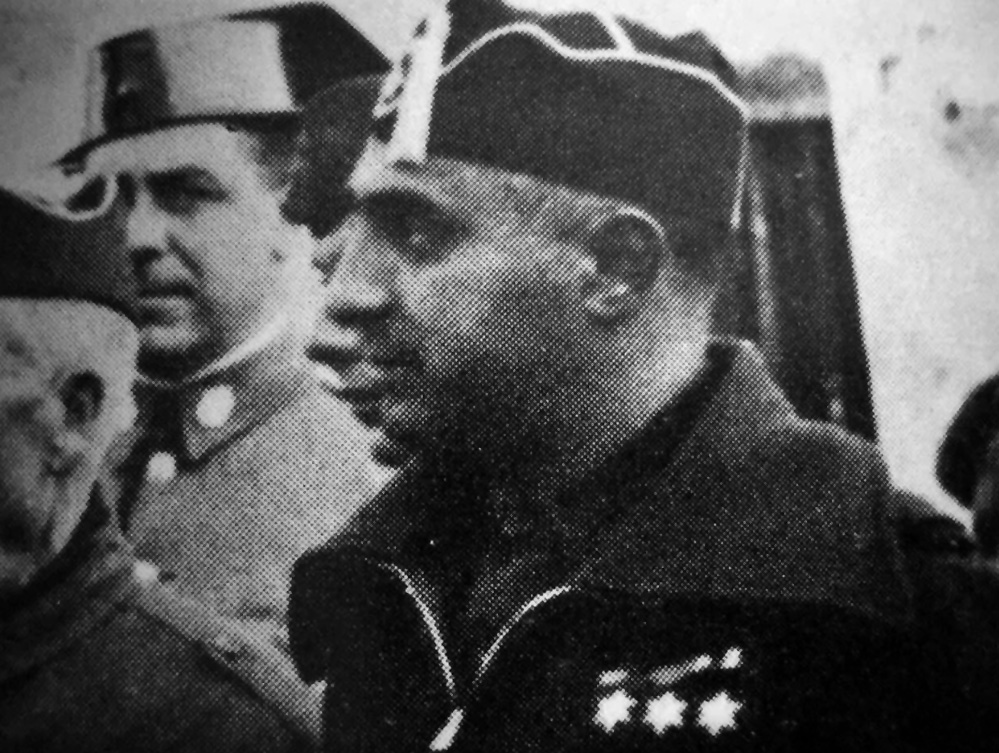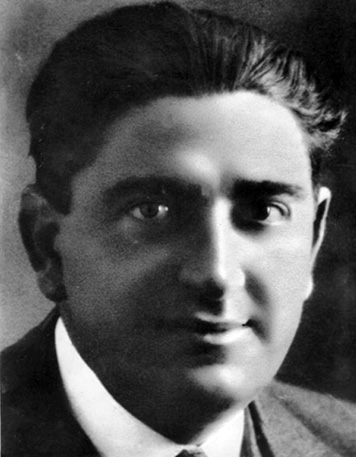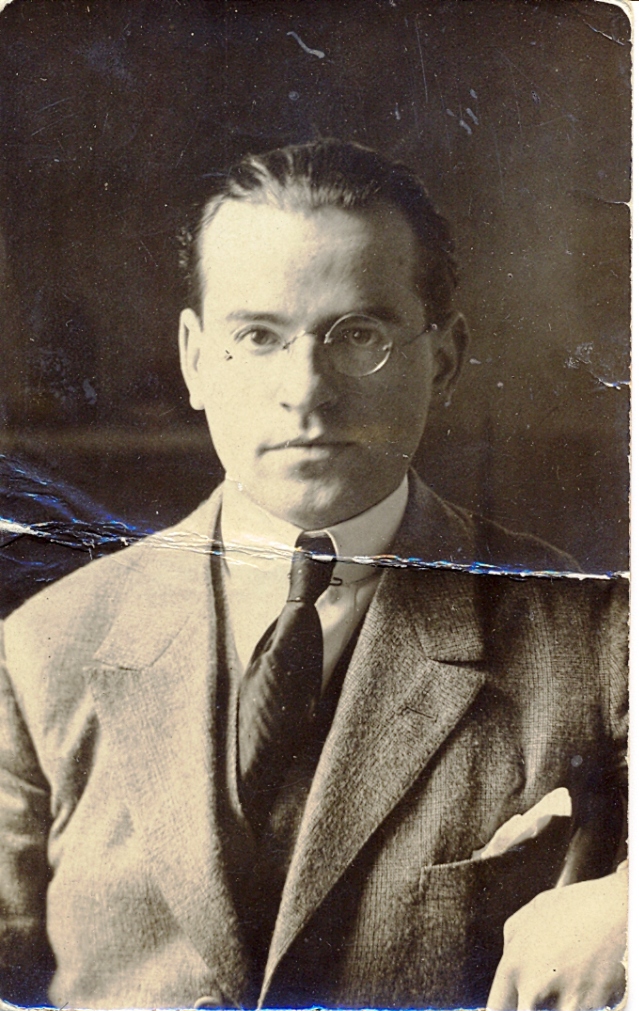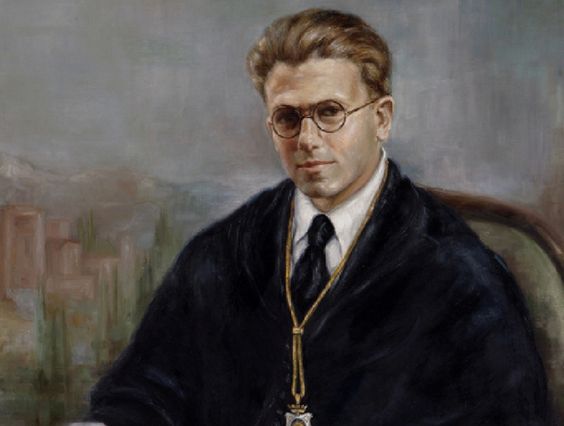Spanish military man born in 1900, old shirt (during the Franco dictatorship, those Falange members prior to the 1936 elections were called camisas viejas), trained in Africa under the command of Millán Astray. After the uprising of July 1936 he was appointed delegate of Public Order and head of Security of the Northern Sector of Granada. On July 30, he established the headquarters of his column in Víznar where, in the following months, thousands of people were shot under the accusation of sympathizing with the Second Republic, among them Federico García Lorca and other well-known intellectuals and politicians.
The village of Víznar was one of the centers of death and repression set up in Granada by Franco’s army. In the month of August 1936 alone, 572 people were executed.
Nestares entered the Infantry Academy by passing a competitive examination in 1915 and was assigned to Pamplona and Malaga as a provisional ensign. In 1919, he began his career in Africa as a lieutenant. He participated in an Expeditionary Battalion based in Melilla and later in Ceuta, where he was part of the forces commanded by Franco. In 1927, he was promoted to captain and after a stay in Granada he returned again to Africa and was placed in command of the fifth flag of the Legion’s Tercio whose leading commander was Millán Astray.
In 1934, he was assigned to the Granada Security Corps, although after the triumph of the Popular Front in the February 1936 elections he was removed from his post and confined to the Granada conscription box.
Nestares participated in the military conspiracy against the Republican government. At the beginning of the war, he was appointed delegate of Public Order and head of Security of Granada at the order of the civil governor, José Valdés Guzmán.
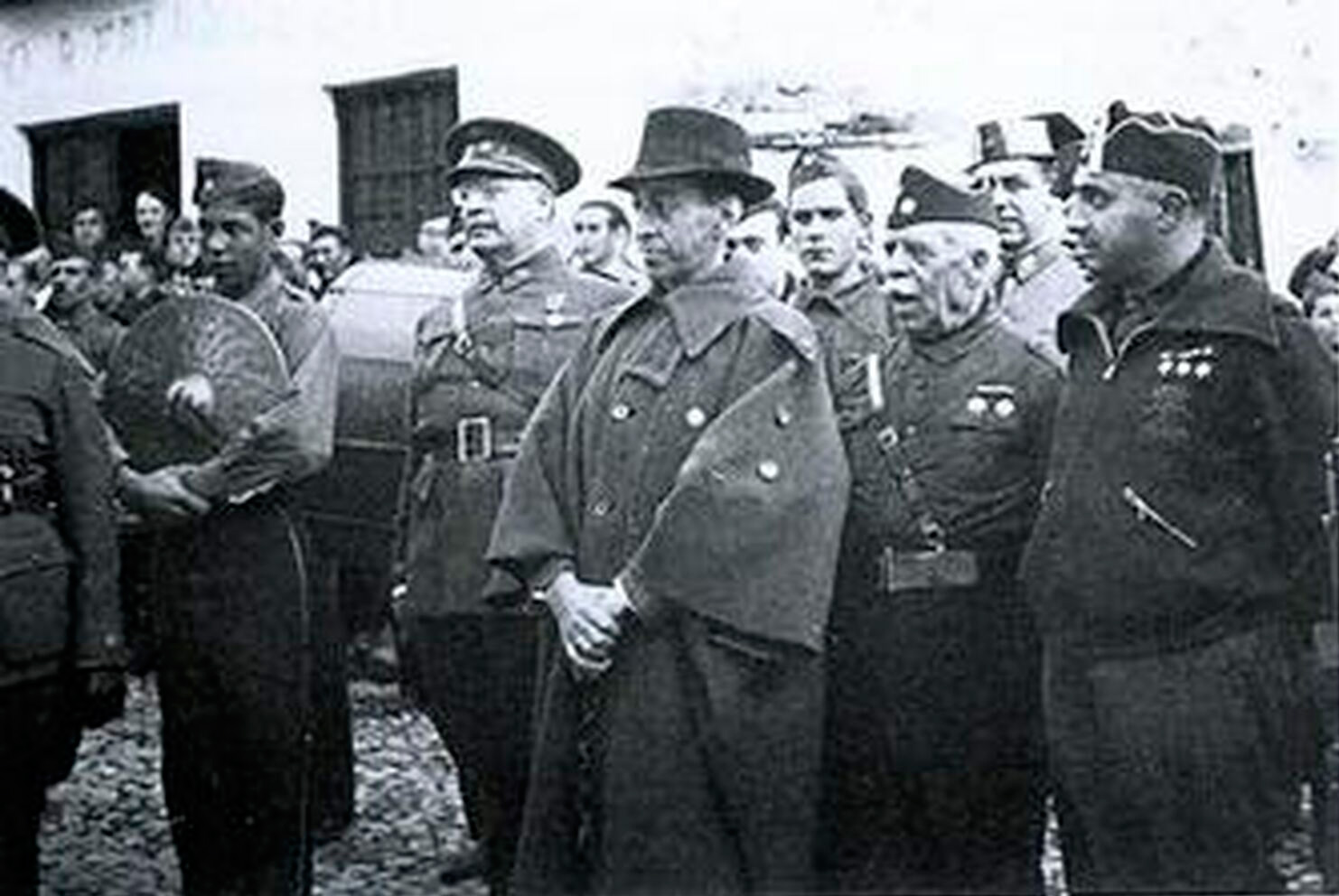
After his subsequent appointment as head of the Víznar sector, he established the headquarters in the Cuzco or Moscoso Archbishop Palace. The village of Viznar was one of the centers of death and repression set up in Granada by Franco’s army. In the month of August 1936 alone, 572 people were executed. Thousands were sent there from the Gobierno Civil and after a brief stay in La Colonia, a mansion that had functioned the last two years as a children’s summer resort, were shot at dawn. Nestares, along with police chiefs Julio Romero Funes and Ángel Martín, formed their own repression squad, which they called Patrullas Volantes (Mobile Patrols).
At the end of 1937, he was transferred to the Badajoz Front and in the final months of the war he occupied the towns of Diezma, Guadix, Alquife and Ugíjar with his columns. In 1943, he was promoted to Lieutenant Colonel.
José María Nestares died in Granada on May 19, 1977 at the age of 77. In the obituary published in the newspaper Ideal a day later, it is highlighted that on July 20, 1936 he took charge of the Security Forces and Public Order Delegation of Granada until, four days later, General Luis Orgaz (member of the National Defense Board after the coup against the Republic) “ordered him to leave with a column to garrison Granada in the northern sector”. After the Civil War he was assigned to the Córdoba 10 Infantry Regiment, from where he was promoted to sub-inspector and later, as colonel, to the Almería and Alcoy area. In the obituary inserted by his family -he was the father of eight children- it is noted that, among other awords, he was in possession of the “Medal of Suffering for the Fatherland, Red Crosses and War Crosses for Military Merit”.
